A Full Guide to Train Driver Tests 2025
Updated November 20, 2023
- What Is a Train Driver Test?
- What Is the Format of the Train Driver Assessment?
empty
empty
empty
empty
empty
empty
empty
empty
- Example Questions for the Train Driver Assessment Tests
empty
empty
empty
empty
empty
empty
- How to Prepare for the Train Driver Assessment
- Frequently Asked Questions
- Final Thoughts
What Is a Train Driver Test?
Driving trains requires excellent cognitive and psychomotor skills to safely operate these large, fast vehicles carrying hundreds of passengers.
This is why the application process is rigorous, with a suite of psychometric assessments that make up the train driver tests. You also only get two attempts to pass the test.
Though no qualifications are required to become a train driver, the set of exams test the applicants’ natural capabilities with challenging assessments, so they need to prepare for the test by revising and looking at past tests.
The tests assess certain skills and personality traits under pressure, so it is good for the potential recruit to do some practice tests set to time.
The skills and traits measured in the train driver psychometric test include concentration span, memory recall, vigilance and observational capability, reactions and cognitive processing.
Let’s look at the train driver exam in different formats, train driver practice tests and how you can prepare for the assessment.
What Is the Format of the Train Driver Assessment?
Depending on where you live in the world, this will affect the form and nature of your suite of assessments for the train driver assessment. The train driver psychometric test cost will also vary from one location to the next.
In the US, for example, a train driver candidate would take part in group exercises that are assessed.
Assessments will be dependent on the standards set by the location’s railway authority.
However, in the UK and mainland Europe, the train driver exam format is commonly a uniform one, with all tests taken in an assessment centre either completed on paper or on a computer.
The different sections, outlined below, generally start with an explanation and example questions to ensure it is clear what tasks need to be completed.
Let’s take a look at the various sections below.
Trainability for Rules and Procedures Test (TRP)
This part is to measure how the candidate can interpret, understand, retain and apply information.
Being a train driver means understanding and applying signals on the track or reading a situation and being able to make a decision, so it is important to have the necessary skills in this area.
There are two parts to the TRP test:
-
First, the candidate will be given both verbal and written information. They then need to answer a set of multiple-choice questions, recalling the information they were shown through memory and applying this to the answer.
-
In the second part, there is visual information through colour-coded dials and reference keys. The candidate then needs to answer another set of multiple-choice questions based on the information they were given.
The Train Driver Mechanical Reasoning Test
The role of a train driver requires use of many mechanical tools such as gears, levers, pulleys and more, as well as concepts like force and movement.
For this reason, the driver test needs to include a section on mechanical principles.
Through a range of multiple-choice questions with diagrams and illustrations, the candidate will need to show their skills in this area.
Try a Train Driver Practice Test on JobTestPrep
Group Bourdon Test
This test is both visually and mentally challenging, observing the candidate's ability to not just concentrate but keep observant and vigilant over a considerable amount of time and under pressure.
When driving trains, there will be long periods of driving in one direction but the driver still needs to stay focused and vigilant, spotting signals, signs and anything on the track.
The applicant is presented either on paper or on the computer with 25 columns split into boxes.
In each box, there will either be three, four, five or six dots. They will be arranged in different patterns.
The candidate needs to scan from left to right and then pick out the box that contains four dots.
There are two minutes to work on a single page, with five pages in total.
Vigilance Tests
Following on from the previous point, train drivers need to stay alert at all times and for long periods of time. The vigilance test measures the individual’s ability to do this.
The most popular way to test this is to show a grey square on screen that the applicant must watch for thirty minutes.
Whenever the grey square changes shades, the driver needs to make note of it so they can register at the end how many times it changed.
This is a real test of vigilance and concentration.
Test of Everyday Attention
In addition to concentrating, train drivers need to be able to multitask and follow instructions while driving. This test measures the ability to do just that.
The test is split to measure concentration, auditory (listening) and visual skills.
The first part sees the candidate listening to a series of beeps played at sporadic times.
Some of the beeps will be high notes and some will be low.
Commonly the candidate will be asked to count either the high or low beeps and write down the final number.
In section two, the applicant is shown a grid containing various pieces of information. The candidate will then be given a series of instructions to find things within the grid.
Section three combines the previous two sections.
Candidates will need to search for information on a grid while at the same time count the low beeps in an audio track. This is perhaps the most challenging part but shows all the skills while highlighting multitasking.
In all tasks, the candidate is timed and will be expected to have focus and accuracy against the clock.
Traffic Perception Test
This assessment measures the candidate’s perception skill and memory recall.
It shows an image on the computer, which is normally a street scene or similar.
The candidate will be shown the image for just a few seconds and then will need to identify what was in the image from a list of items.
In addition to memory skills, this requires common sense and perception, often thinking what is likely to be in the image based on what the scene was.
Situational Judgement Test
The job of a train driver will mean having to respond to unexpected situations immediately.
In this section the candidate is presented with some hypothetical situations and a series of possible responses to workplace scenarios.
They must list the responses in the order they think are most fitting to the situation.
Written Communication
The final section is where the possible recruit is shown a passage of text or visual prompt. They then need to answer questions based on that.
This will measure their written communication skills, basic English and comprehension skills.
Example Questions for the Train Driver Assessment Tests
Sufficient preparation for the train driver exam could be the difference between passing and failing.
The tests are different from most assessments, and many applicants will not have taken a test such as these before.
Some of the sections require practice, such as the vigilance test, so it is strongly recommended to take train driver practice tests.
These tests will not just allow you to practise the endurance of some sections but also help you be prepared for the type of questions you may be asked in the test.
Here are some train driver psychometric test examples.
Example Question for the Trainability for Rules and Procedures Test (TRP)
Part One: Written Memory Recall
There were three red cars and four blue cars all parked next to each other with the two red cars at each end of the row. And the other red car in the middle of the row.
How many red cars were parked next to each other?
a) Three
b) None
c) Two
d) There were no red cars
Before each journey, you need to check all the dials are lighting up as they should be to ensure there’s no defects. It is a priority to check the red dials first, then green, then blue.
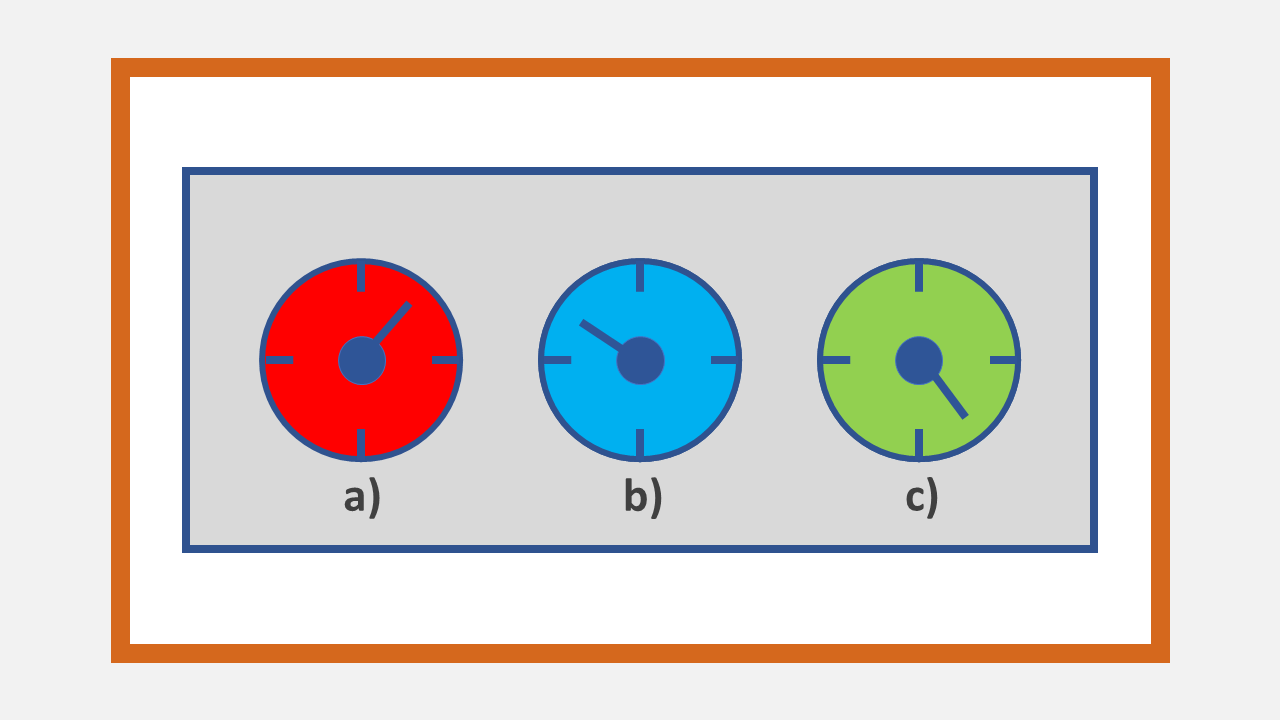
In which order do you need to check the dials to ensure there’s no defects?
a) ABC
b) CBA
c) ACB
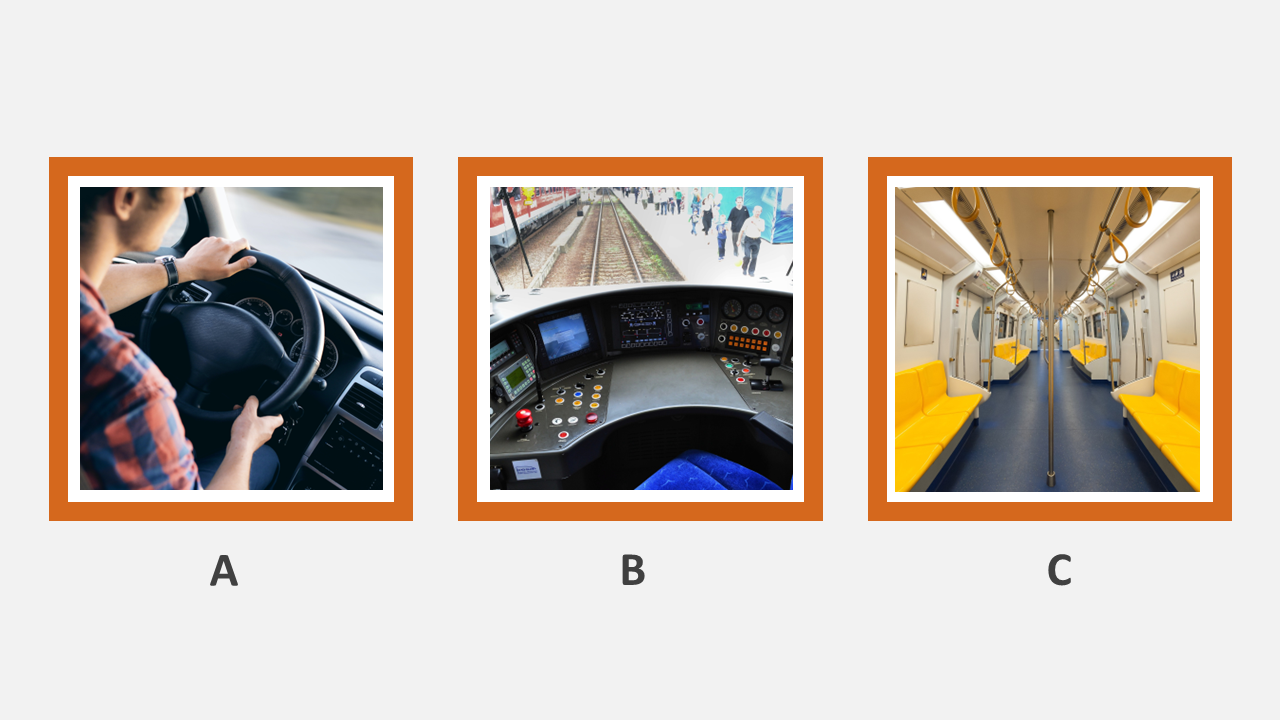
Which image is the odd one out here?
a) B
b) C
c) A
d) None of them
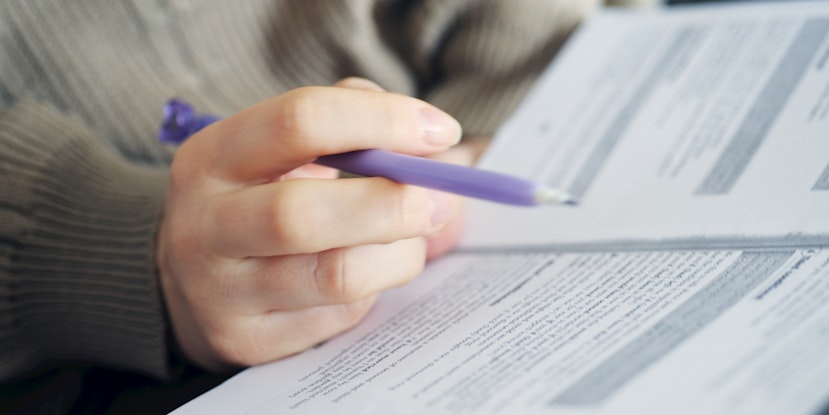
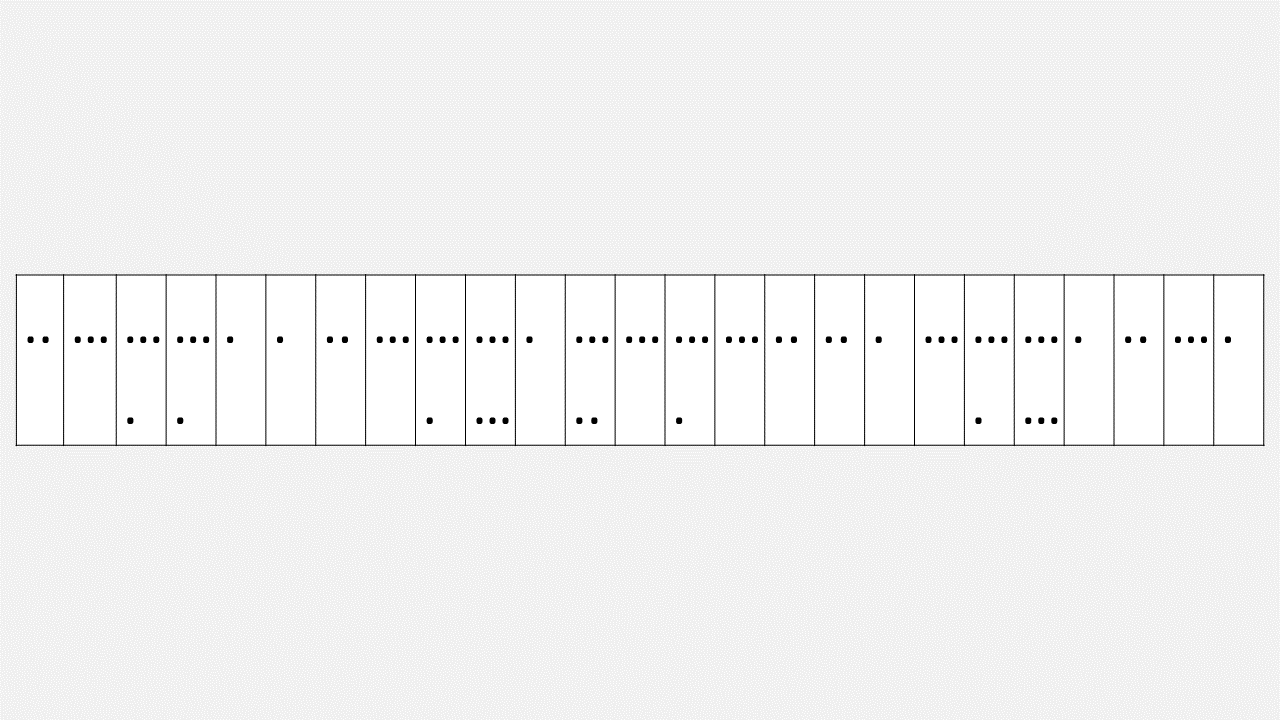
How many of the boxes above have four dots in them?
a) 10
b) 8
c) 25
d) 5
If you need to prepare for a number of different employment tests and want to outsmart the competition, choose a Premium Membership from JobTestPrep.
You will get access to three PrepPacks of your choice, from a database that covers all the major test providers and employers and tailored profession packs.
| Southampton – 02380 | Portsmouth – 02392 | Winchester – 01329 | Basingstoke – 01489 |
|---|---|---|---|
| 01489 765432 | 02380 567890 | 02380 987654 | 02392 568900 |
| 01329 555999 | 02392 654321 | 01329 282282 | 01489 581457 |
| 01489 765432 | 01329 234567 | 02380 786543 | 02392 567432 |
| 02380 123456 | 01489 567845 | 01489 765432 | 01329 675432 |
| 02392 787543 | 02392 581838 | 02380 581838 | 01489 765889 |
Highlight all the Southampton phone numbers from the table above.
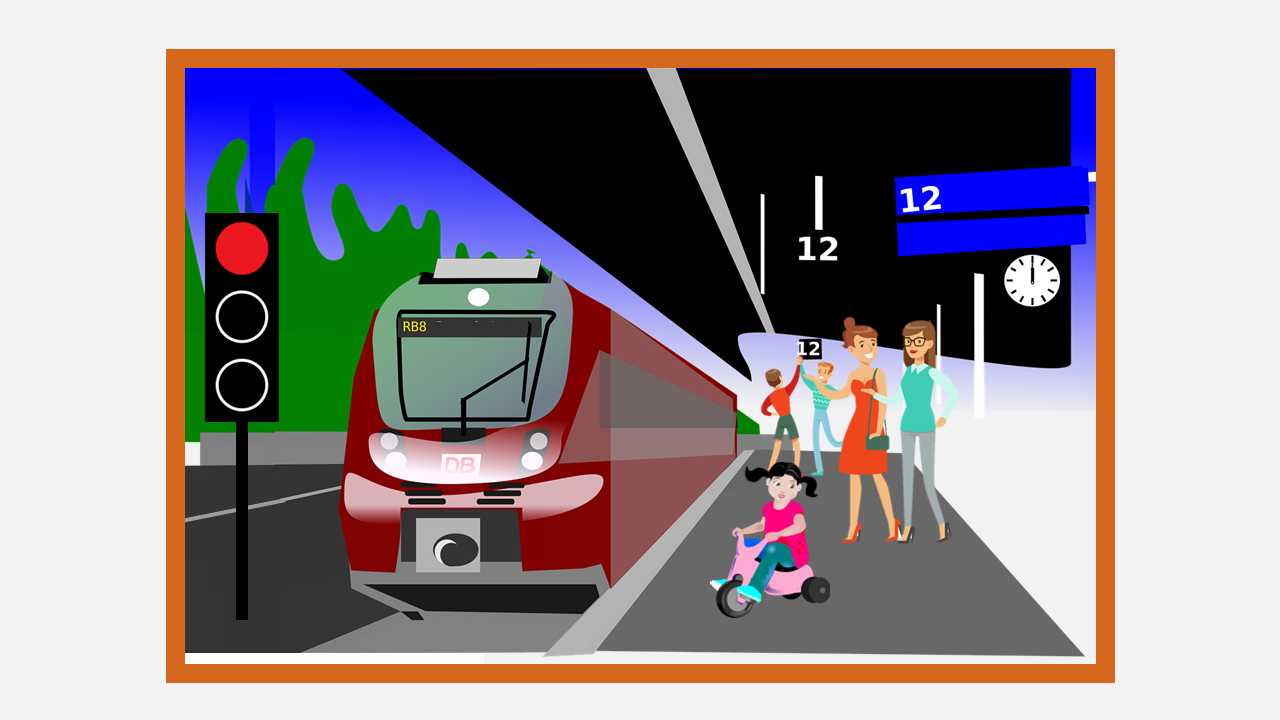
According to the image, what is the most likely reason that the train not going anywhere?
a) The train is broken
b) The traffic light is red
c) The conductor has stopped it in an emergency
d) The child on the bike is trying to get on
You are just passing through a station on your journey, when the conductor informs you that there is a lady refusing to pay for her ticket on the train.
What do you do?
a) Stop the train immediately and ask the conductor to open the door for the passenger
b) Ask the conductor to try and work with the passenger until the next stop where she will be asked to leave if she doesn’t pay
c) Signal for the transport police to meet you at the next stop
d) Let the conductor deal with it and carry on with the journey
How to Prepare for the Train Driver Assessment
Now you have an idea of the type of questions that will be asked, it is good to look at the ways you can prepare for the tests to ensure you do the best you can.
Step 1. Take Practice Tests
First, as discussed above, there are many train driver psychometric test practice questions you can do online that will help you prepare.
Do them to the time limit you’ll get in the test, and go back over questions and sections that you found more challenging.
Step 2. Hone Your Skills
Hone necessary skills to increase your chances of passing.
For example, practise your memory recall and your ability to scan information.
For the section where you have a limited time to digest information, you can practise scanning the information left to right so you have the best chance of remembering it all.
Step 3. Practise Speed and Accuracy
Practise your speed and accuracy at the same time. It is important to be able to multitask but do it well so that you can get the job done efficiently.
Step 4. Look After Your Health and Wellbeing
Rest and eat healthy meals the night and the morning before the exam so you have high energy and are not distracted by being hungry.
The train driver psychometric test is a set of assessments a candidate must take to qualify as a train driver. It is made up of different areas such as mechanical skills, memory recall, written skills, as well as accuracy and speed.
The train driver test is very challenging as there are many parts of it that test you both mentally and physically.
Though no previous qualifications are required to pass the test, candidates need to prepare and concentrate hard in the exams.
You can prepare for the train driver test online. There are a range of test prep sites that offer train driver psychometric test examples for the different tests. They also give tips on how to pass and other important information.
There are a variety of questions and sections on the train driver test.
It is a test to measure skills in different areas and questions are based around accuracy and speed, memory recall, being observant over a long period of time, how well you can concentrate and mechanical knowledge.
Taking free train driver tests online can help familiarise you with the different question formats.
You can retake the train driver test once, and take it twice in total.
Final Thoughts
The train driver test is hard to pass, as the role needs only the most skilled and best applicants to do the job.
If you are going to take the test, it is vital to prepare with train driver assessment practice tests, learn the best way to approach each section and what to do and ensure you’re in the best health for the exam.
There are many sections and you can only take the test twice in total, so you will need to achieve success quickly to pass the test.




